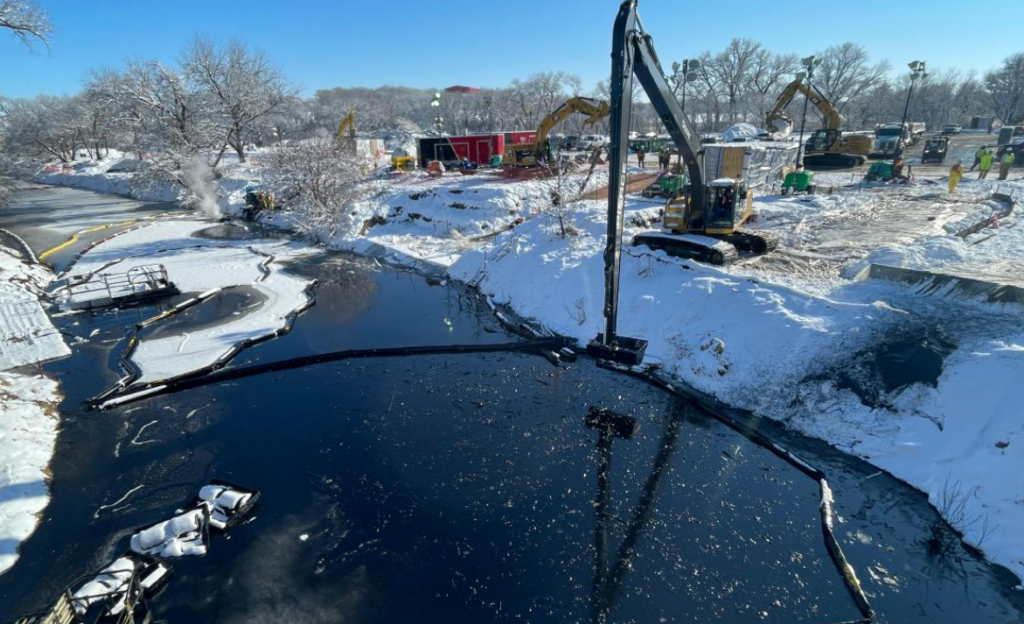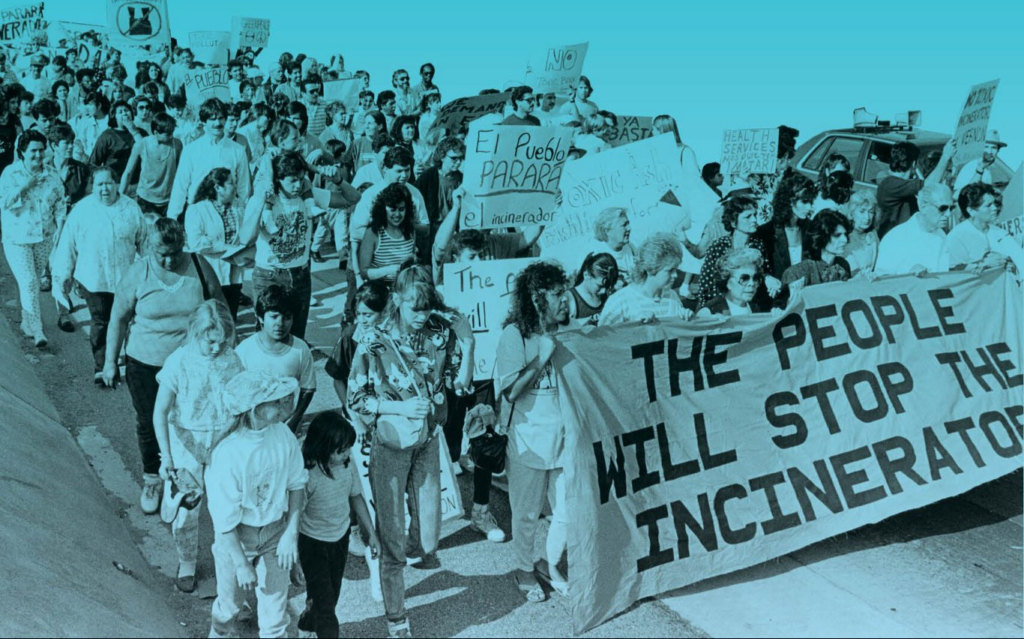July 2023

CHEJ's "All In" - Spotlight of the Month
CHEJ’s Science Director, Stephen Lester, presented “Truth and Consequences” at the Midwest Environmental Health Summit on June 3, 2023, hosted by Citizens for a Clean Wausau.
See the video here: https://www.youtube.com/watch?v=hMlDbkuD8bE
Stephen later toured Wausau’s Thomas Street neighborhood and Riverside Park, after an updated risk assessment released by the Wisconsin Department of Health Services, outlined a serious concern for children and adults who use the space.
Read the Wasaus Pilot and Review’s coverage of Stephen’s visit.
You don't want to miss out on Art Works, by Ken Grossinger!
An inside look at the organizers and artists on the front lines of political mobilization and social change. Learn more and preorder a copy today!
Toxic Tuesday
Total petroleum hydrocarbons (TPH) are a family of hundreds of chemicals that come from crude oil. When crude oil is spilled during extraction or processing into petroleum products, TPHs can contaminate the environment. Becau… [Read more]
Glyphosate is a chemical found in weed killer products such as RoundUpTM used on farms and home lawns. It gets absorbed by plant leaves, stopping plant growth within hours. Because of its effectiveness, glyphosate is found… [Read more]
Training Calls

The goal of this Training Call was to introduce grassroots organizers to the tools and language used amongst UX professionals so that they could improve their online presence, recruitment, and connecting with their base… [Watch now]
Backyard Talk Blogs
By Hunter Marion. In 2021, California passed a law restricting the use of the classic recycling symbol upon products that are not truly recyclable. Last May, this law, and substantial complaints over the years, triggered an official comment by… [Read more]
By Stephen Lester. In a major win for grassroots community groups throughout the country, the USEPA decided last week to withdraw its plan to relax clean air regulations applying to pyrolysis and gasification facilitie… [Read more]
By Sharon Franklin. Tim Carpenter, reporter for the Kansas Reflector, recently reported a massive oil spill that is distorting a Kansas couple’s confidence in the integrity of the Keystone pipeline. The rupture of TC Energy’s 36-inch steel pipe has released… [Read more]
By Leila Waid. It may come as a surprise that one of the biggest challenges facing environmental and public health is our judicial system – specifically the current U.S. Supreme Court. Out of the total nine Justices, six… [Read more]
Do you find this information useful? Please consider pitching in and making a contribution to CHEJ. We appreciate your support!
As we gear up to celebrate the 4th of July, a day that symbolizes freedom and independence, we invite you to reflect on the true essence of liberty and responsibility.
At CHEJ, we are committed to environmental justice, a cause that lies at the intersection of social equity, human rights, and ecological balance. We believe that every individual, regardless of their background, deserves clean air, safe water, and a healthy environment in which to thrive. Unfortunately, many communities, especially those marginalized and economically disadvantaged, are disproportionately burdened with environmental pollution and the devastating impacts of climate change.
This Independence Day, we invite you to embrace the spirit of freedom and extend your support to our mission of achieving environmental justice for all. Your generous donation will enable us to:
- Empower Communities to become advocates for their environmental rights.
- Create a network of informed citizens who can engage in meaningful dialogue with policymakers and promote sustainable practices.
- Participate in policy discussions working towards the implementation of just and equitable environmental regulations.
- Raise awareness among lawmakers and shape legislation that protects our environment and safeguards the rights of vulnerable communities.
- Develop educational programs that empower young minds to become future environmental justice stewards.
Your donation, no matter the size, will make a significant impact and contribute to a more just and sustainable world.
Consider making a contribution today!
This Independence Day, let us come together to honor the spirit of freedom and independence by choosing to create a future where every person can breathe clean air, drink safe water, leading to happier and healthier communities.
We wish you a joyful 4th of July!








